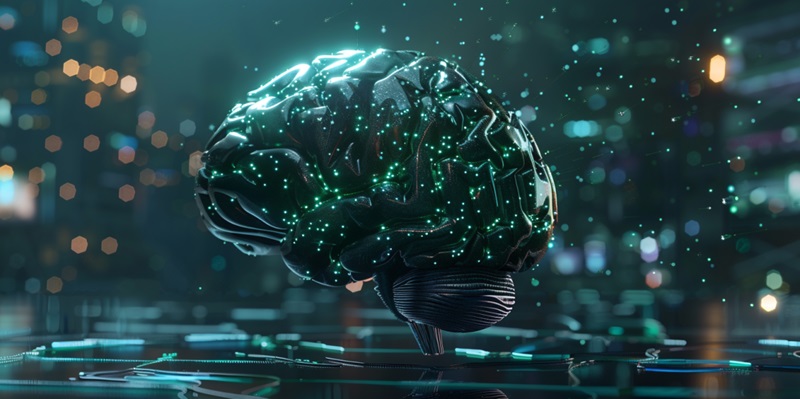In the rapidly evolving world of artificial intelligence, where the lines between real and AI-generated content are increasingly blurred, transparency has never been more critical. A primary actor in this endeavor, OpenAI, has dedicated resources and intellectual capital to address the growing concerns around AI and misinformation, especially as it intersects with pivotal civic events such as elections.
OpenAI’s Role in Content Provenance and Authenticity
Joining Forces with C2PA
OpenAI has taken a definitive step by participating in the Coalition for Content Provenance and Authenticity (C2PA), which aims to combat misinformation through the development and implementation of content attribution standards. By joining the steering committee of C2PA, OpenAI demonstrates their commitment to creating reliable AI models that can trace back content to its original source. This integration of transparent practices is not merely a technical enhancement; it is a testament to the company’s adherence to ethical standards in the proliferation of digital content. The incorporation of metadata brings an element of traceability that is essential for the verification of content origins, providing a tool to discern between authentic and manipulated media.
Metadata Standards Implementation
Transparency in AI-generated content is moving from an abstract concept to a tangible feature through OpenAI’s adoption of C2PA metadata standards. These standards are akin to digital fingerprints, offering insights into the origins and changes of content as it passes through various hands. As AI becomes a more prevalent tool in creating not just text but images and videos as well, metadata offers a means of maintaining authenticity, which is vital in a climate where misinformation can have real-world consequences. This becomes particularly significant when considering the role of AI in contexts such as electoral processes in countries like the US and the UK, where the integrity of information can shape democratic outcomes.
Combating Manipulated Content
Watermarking and Detection Techniques
Beyond incorporating metadata, OpenAI is developing more direct countermeasures against manipulated content, such as watermarking and AI-generated image classifiers. Illustrating this point, the recent unveiling of DALL-E 2’s image detection classifier, a tool specifically engineered to determine the likelihood of an image being generated by OpenAI’s models. The technology reflects substantial progress, with success rates in early tests indicating its potential as a valuable asset in the fight against deepfakes and other forms of AI-generated misinformation. The fundamental aim is to embed resistance to tampering within the content itself, making it harder for bad actors to use AI tools for deceptive purposes.
Mobilizing Collective Action
In an era where artificial intelligence is rapidly advancing and the distinction between authentic and AI-generated content is becoming increasingly vague, the importance of transparency is paramount. OpenAI stands at the forefront of this challenge, actively working to mitigate misinformation risks, particularly concerning during critical civic events like elections. OpenAI invests both resources and deep thought into creating strategies that can help differentiate genuine content from that created by AI, thereby maintaining informational integrity. Their role is crucial as we navigate these complex issues, ensuring that the public can trust the content they encounter, especially in contexts that have a significant impact on society. Through their efforts, OpenAI not only promotes clearer lines of distinction between human and machine-generated content but also advocates for responsibility as AI intertwines ever more closely with the fabric of our day-to-day lives.

